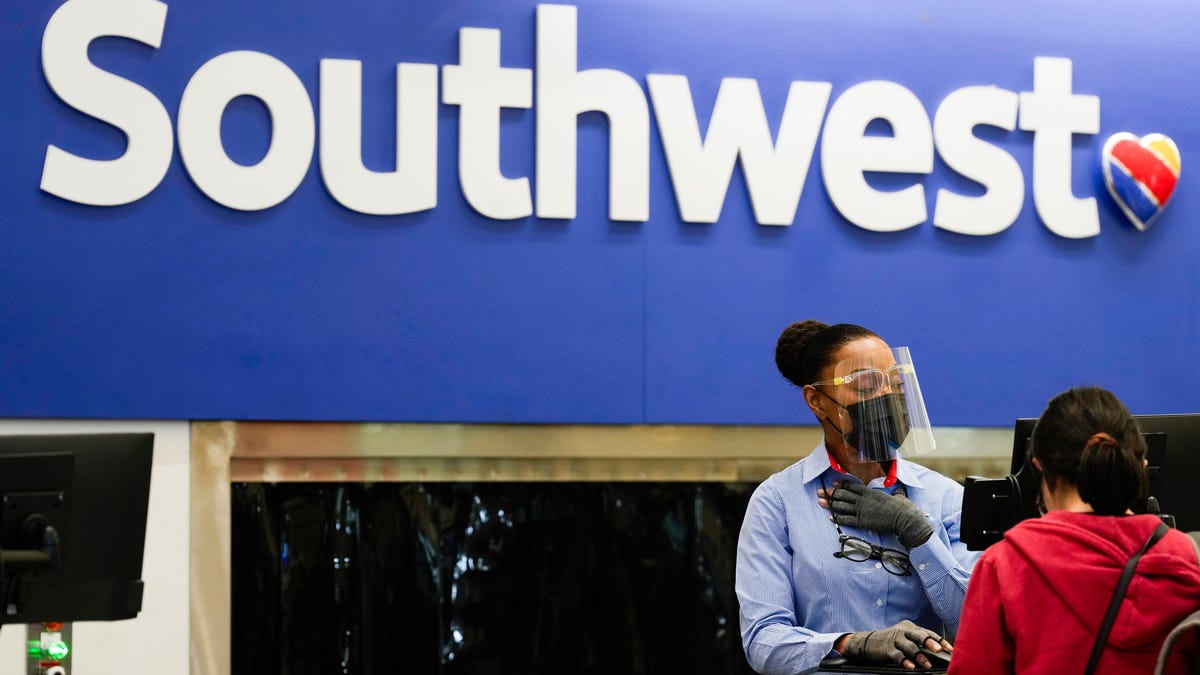Virtual Reality: Transforming Business and Healthcare
Virtual reality (VR) headsets are silently but profoundly impacting various sectors, particularly in business and healthcare. Beyond mere entertainment, these devices are being utilized to provide practical training and innovative solutions.
Revolutionizing Training
Businesses like KFC have implemented VR technology to educate their staff on tasks such as frying chicken, while companies like UPS are using it to prepare drivers for potential road hazards. Even astronauts undergoing training for space missions are benefiting from VR simulations. In healthcare, VR is proving to be effective in managing pain for veterans and children battling cancer, among other applications.
A Historic Perspective
Although the popularity of VR headsets is currently on the rise, the concept itself dates back to the 19th century. Charles Wheatstone’s invention of the stereoscope in 1838, which transformed 2D images into 3D-like experiences, laid the foundation for modern VR technology. Fast forward to 1968, when Ivan Sutherland, a Harvard professor, introduced the first true VR headset known as the Sword of Damocles. This early device displayed computer-generated graphics over a user’s surroundings, resembling today’s augmented reality features.
The trajectory of VR technology continued to evolve through the decades. In the 1980s, VPL Research Inc. became the first company to commercialize VR headsets and gloves. However, it was not until recent years that major tech giants like Meta and Apple began investing significantly in VR development.
Shifting Focus to Practical Applications
While VR headsets were initially associated with gaming, the corporate sector has begun embracing their utility for training purposes. A PricewaterhouseCoopers survey revealed that half of U.S. companies had either implemented or planned to use VR headsets by 2022. Companies such as Walmart, Verizon, Intel, and even law enforcement agencies are using VR for training programs. Meanwhile, educational institutions and medical facilities are leveraging VR headsets for surgical training and other educational initiatives.
Despite these advancements, challenges persist in the VR landscape. Issues like cybersickness, privacy concerns, and the high cost of devices like the Apple Vision Pro headset underscore the complexities associated with widespread VR adoption. Research has shown that certain demographics, particularly women, may experience heightened symptoms of cybersickness while using VR headsets.
Future Prospects and Market Trends
The global market for VR technology is projected to reach $204 billion by 2029, reflecting substantial growth and increasing industry relevance. Companies like Meta, Apple, and others continue to innovate and expand the applications of VR beyond entertainment. As businesses and healthcare providers increasingly integrate VR into their operations, the impact of this technology on various sectors is poised to deepen and diversify.
Image/Photo credit: source url





